In the 1930s only the USSR and Japan managed to spin up mass production of medium tanks, producing several hundred of their respective types. In other armies the creation of medium tanks hit significant difficulties. For instance, the main German Z.W. tank had big problems, primarily with the suspension. As a result, the production of the tank, accepted into service as the PzIII, slipped. The situation changed only in the fall of 1939 when German factories began producing the PzIII Ausf. F. This was the first German medium tank that was produced in the amount of over 400 units. At the same time, it was the first German tank that was produced by six factories at the same time.
Half a wish
Attempts to resolve issues with the PzIII suspension began in parallel with the search for a new generation of tanks in 1936. The 6th Department of the Armament Directorate, which was responsible for tank development, got the idea of maximally mobile tanks. The attempt with using a Christie suspension failed, but the concept of a mobile vehicle with relatively thin armour was deemed correct. Initially, the idea was to create three types of chassis: one for a 3-man tank with a 20 mm autocannon, a medium tank with a 37 mm anti-tank gun, and a support tank with a 75 mm gun. The idea of creating a unified chassis between the Z.W. and B.W. was also floated. This would result in two speedy tanks with minimal cost.
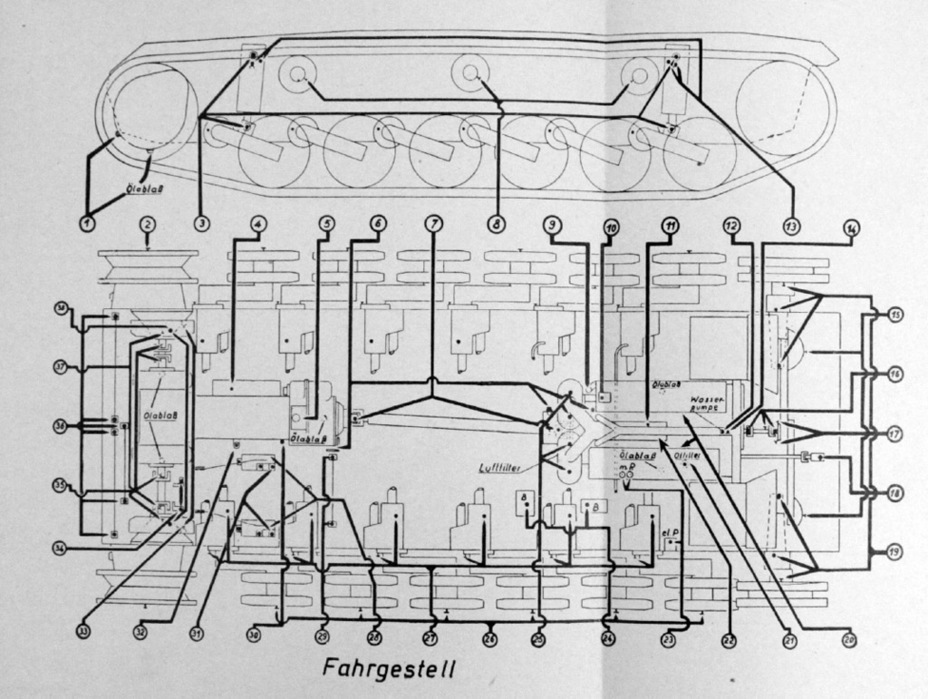
The mass of the tank on this chassis was limited to 18 tons. An engine was needed that could supply a high power to weight ratio. The top speed was expected to be around 70 kph. The armour would have to protect from the 20 mm autocannon, and ideally from the French 25 mm SA 34 anti-tank gun.
There was one small problem with these wishes. The Germans could not create a viable coil spring suspension with five wheels per side (however, 10 years later the Americans did it flawlessly on the T49 GMC). A leaf spring suspension with 8 wheels per side was also not ideal. It was bulky and the small road wheels only worked well at low speeds. A radical solution was needed.
Daimler-Benz received help from an old partner: Dr. Ing. h. c. F. Porsche GmbH. Porsche and a number of his staff actively worked for Daimler-Benz in the 1920s. Legendary Mercedes-Benz S/SS/SSK/SSKL sports cars were Porsche's creation. He also directed the work on the Grosstraktor and Daimler-Benz Achtradwagen (Mtw. 1) armoured car. Now Daimler-Benz needed the professor's help once again.
The solution was the torsion bar suspension developed by Porsche's coworker, Karl Rabe. It was successfully tested on Swedish Landsverk L-60 tanks, after which work began to implement it on German tanks. The first tanks were the La.S.138 (PzII Ausf. D) and the reworked Z.W. The modernized project was called Z.W.38. The number 38 meant that production was planned for 1938.
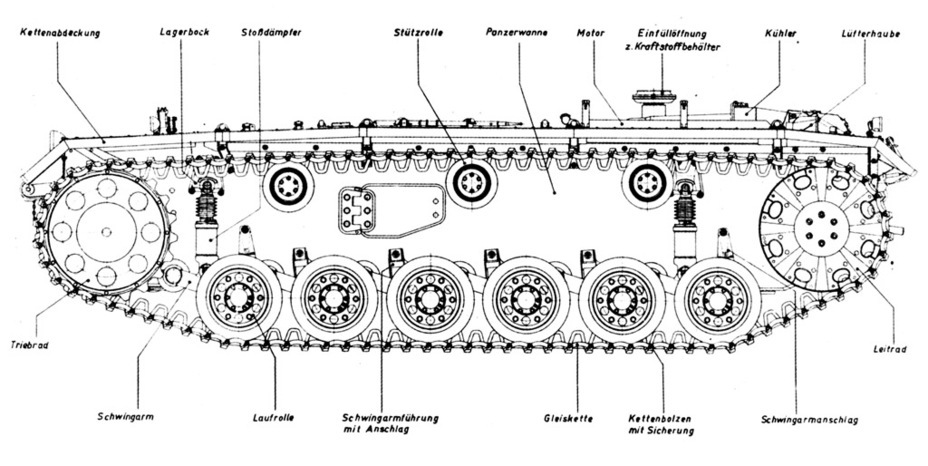
Work on the suspension was performed under the supervision of Heinrich Kniepkamp, who has been placed in charge of prospective German vehicles in 136. The Z.W.38 had a lot in common with prospective designs from that time for this reason. Taking Porsche K.G.'s suspension as the starting point, Daimler-Benz and Kniepkamp created a radically reworked design. Considering that 5 road wheels was too few and 8 was too many, they settled on 6 520 mm road wheels per side. A similar layout with 6 wheels per side was used on the second B.W. prototype, and later by Krupp on many other vehicles. It seems that German designers considered this layout optimal.
The suspension of the Z.W.38 was created with the use of features typical of Kniepkamp's vehicles. These were track links with rubber pads and lubricated joints. These tracks were needed to allow for a high movement speed. Telescoping shock absorbers were installed in the front and rear to reduce oscillations.
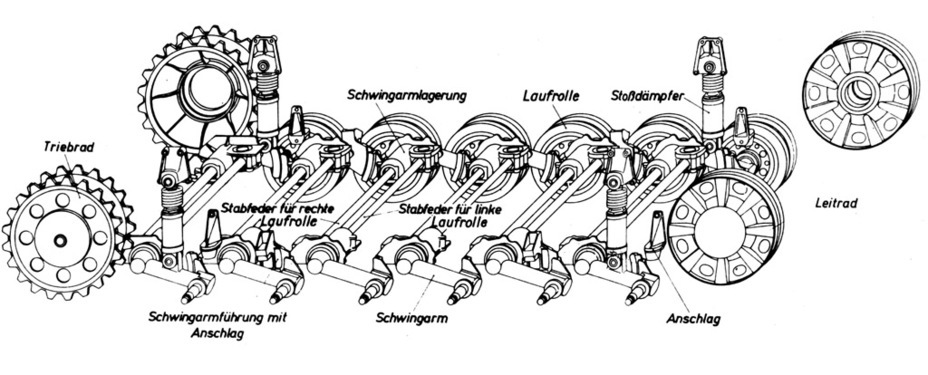
The tank was driven by a new 12 L Maybach HL 120 TR engine. At 2600 RPM it put out 265 hp. Initially Kniepkamp wanted an engine that would provide 20 hp/ton, but the Maybach HL 120 TR would have to do. A transmission consisting of a 10-speed semiautomatic Maybach Variorex gearbox and 3-radius Cletrack turning mechanism would provide the necessary characteristics. The gearbox and turning mechanism were joined into one assembly.
The hull radically changed along with the engine and transmission. In addition to an overall change of the lower hull, the final drive maintenance hatches disappeared from the front plate. The length of the hull was reduced from 5920 to 5380 mm due to shortening the transmission and engine compartments. The engine deck also changed. The turret platform remained the same, but the observation devices and hull machinegun mount changed. The same designs, including the Fahrersehklappe 30 driver's observation device and Kugelblende 30 MG mount were later used on the PzIV Ausf. D. The most noticeable change was the replacement of one-piece side hatches with two-piece ones.
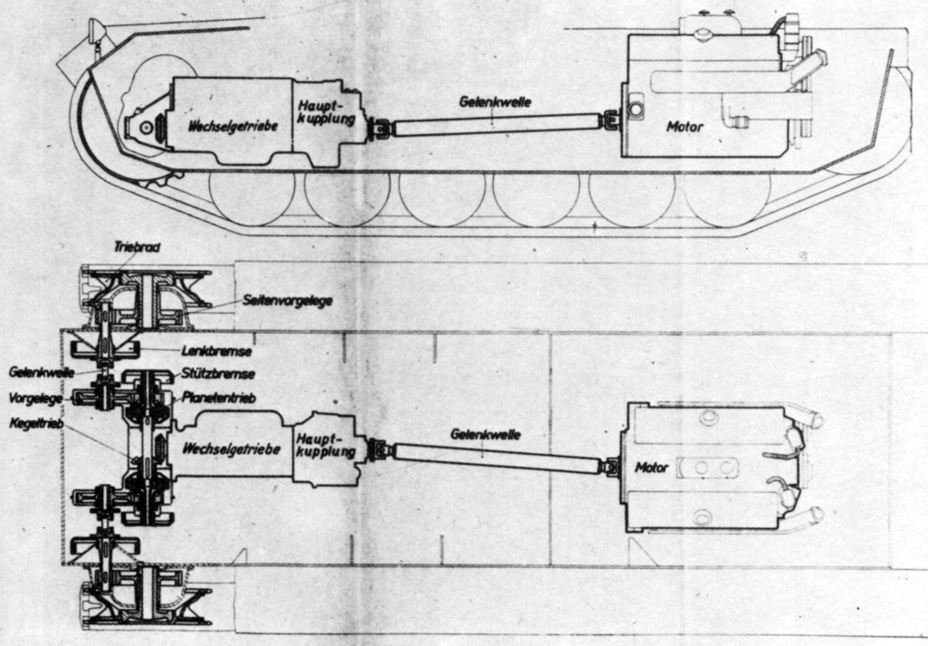
The testing of the Z.W.38 began in early 1938. As a result, the dream of a German Christie-style tank was shattered. The three-radius double differential turning mechanism, gearbox, and track links performed poorly. The gearbox remained, but the other troublemakers wee replaced. The track links that began to disintegrate at high speeds were replaced with 380 mm wide all-metal links, almost the same ones as on the PzIII Ausf. D. The three-radius double differential turning mechanism was replaced with a one-radius single differential one, like on the PzIV. The vehicle could still reach a top speed of 67.07 kph at 2800 RPM in this state. However, the tank picked up speed very slowly, and the road wheel rims began to peel off and fall apart at high speeds. The top speed of the tank was capped at 40 kph.
Despite all of its issues, the Z.W.38 was put into production. The tank was not without fault, but compared to the issues of its predecessors they were nothing. Also, time was running out. War was on the horizon, and the time for experiments was over.
Medium in mass production
The prospective production of the Z.W.38 was discussed in the spring of 1936, when the tank was still being designed. German factories prepared to transition from the PzI to the PzII. MAN and Henschel also participated in the discussion in addition to Daimler-Benz. Henschel quickly took the first place in volumes of tank production.
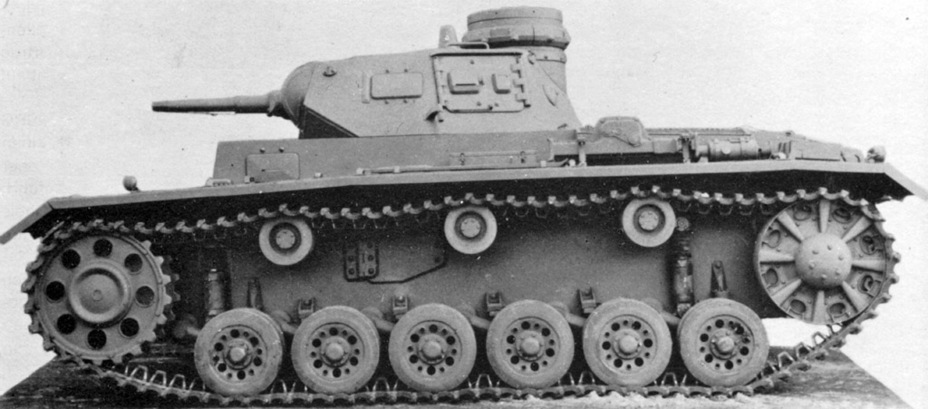
The volumes of the order indicate the height of expectations for the Z.W.38. The Wehrmacht ordered 759 PzIII tanks on June 11th, 1938, and an order for 440 more followed on December 6th. However, the launch of the 4./Z.W.Serie planned for fall of 1938 was delayed. Only one tank with the index PzIII Ausf. E was delivered in 1938. Two tanks were delivered in January and February of 1939, and despite a quota of 10 vehicles not a single one was delivered in March.
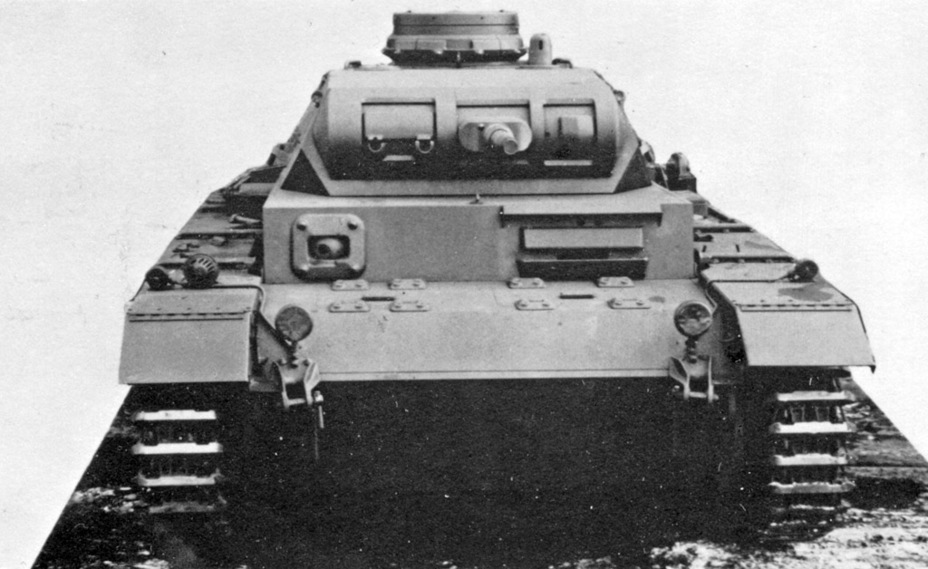
Such a production nightmare so close to the upcoming war was a consequence of the aforementioned problems. The tanks that were built were used as test beds for transmission elements. The 10 tank mark for monthly production was only crossed by MAN and Daimler-Benz Werk 40 in July of 1939. Daimler-Benz Werk 40's director directly pointed to the Maybach Variorex 328 145 gearbox as the cause of this delay. This was true: the first 9 chassis were finished at Daimler-Benz back in December of 1938, 9 in January of 1939, 7 in February, and 2 in March. Then production ended until May. Final assembly of the vehicles was performed at the Alkett factory.
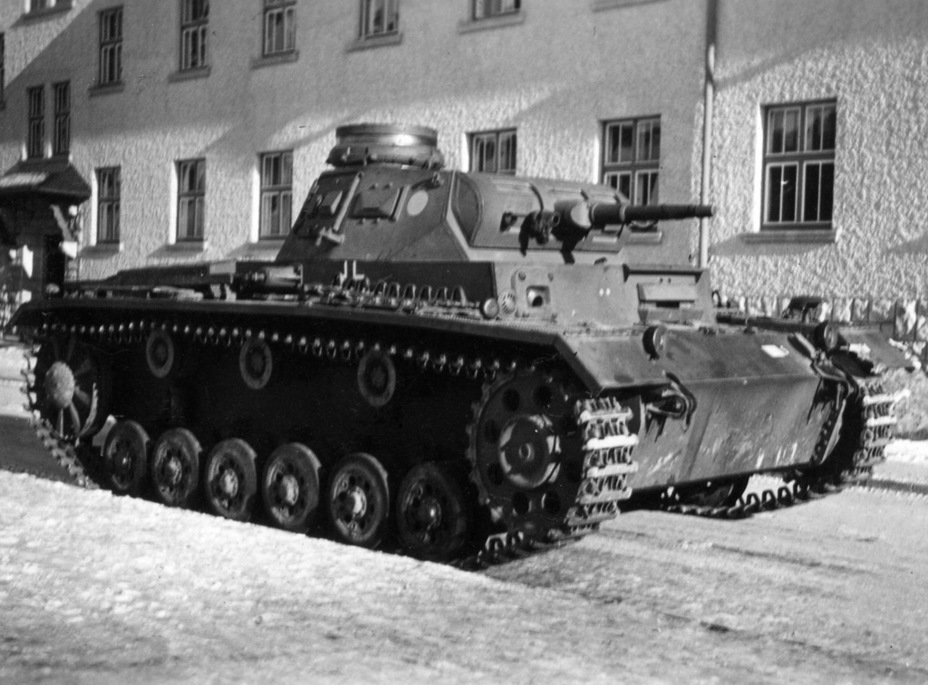
Only 50 Z.W.38 were delivered by September 1st, 1939. The total production volume of the PzIII Ausf. E was 96 tanks. Of those, Daimler-Benz Werk 40 produced 41 tanks with serial numbers from 60401 to 60441. MAN produced slightly more: 55 tanks with serial numbers 60442-60496.
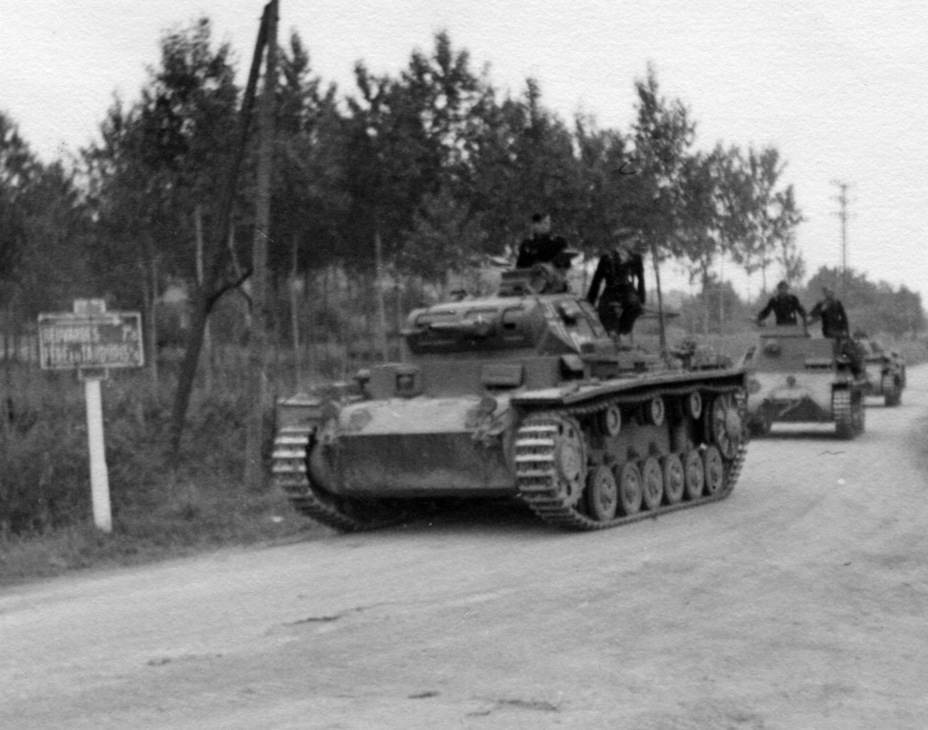
Production of the PzIII Ausf. E did not end there. Tank units were in need of commanders' tanks. In July of 1939, Daimler-Benz Werk 40 delivered the first 3 Pz.Bef.Wg. Ausf.E. The concept was the same as that of its predecessor, the Pz.Bef.Wg. Ausf.D1 on the PzIII Ausf. D chassis. The turret was affixed to the turret platform, and only a machinegun in a ball mount remained as the armament. The cannon and second machinegun were replaced with dummies. The crew still consisted of five men, but there were now two radio operators and the commander had an assistant, who doubled as the machine gunner. The tank had 4 antennas: 2 whip, 1 rail, and 1 telescoping, which could be extended from the turret.
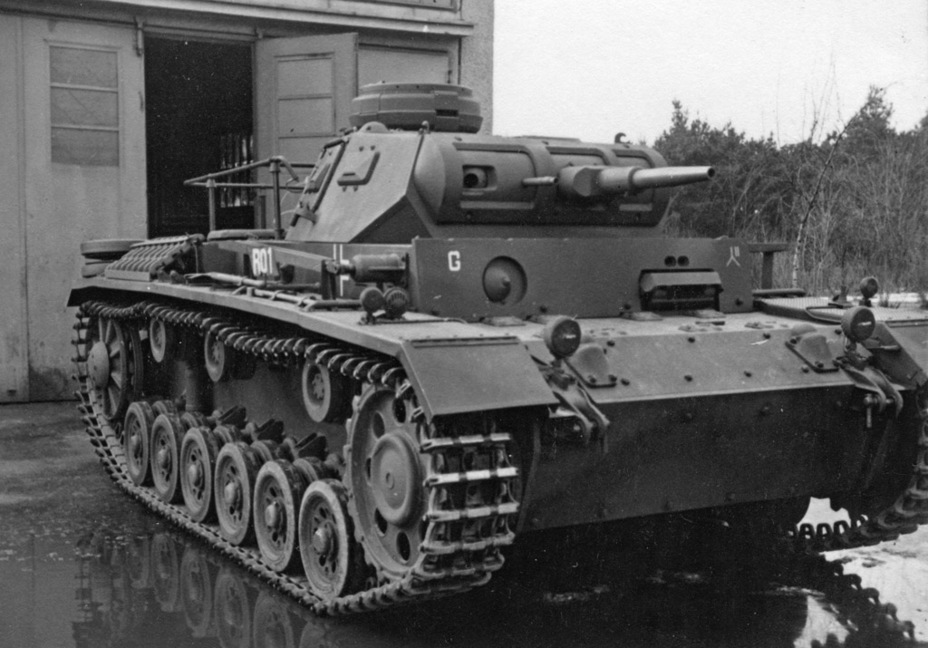
The commander's tank was built in three variants: Sd.Kfz.266, Sd.Kfz.267 and Sd.Kfz.268. The Pz.Bef.Wg. Ausf. E was produced until February of 1940. 45 units were built, with serial numbers in the 60501-60545 range. All commander tanks were built at Daimler-Benz Werk 40. The first of them had non-standard driver's observation devices. In addition, all vehicles had air intakes for cooling the brakes.
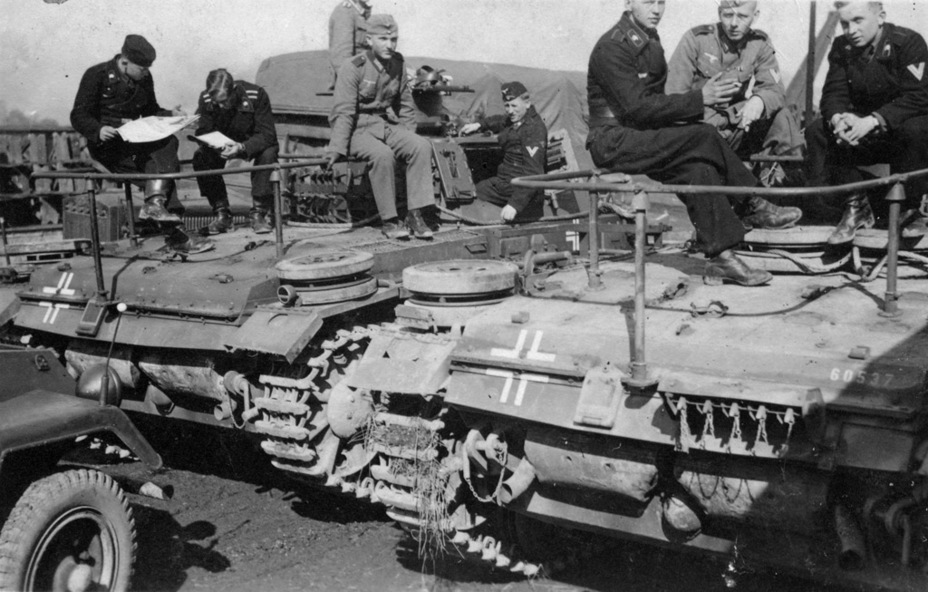
Preparation for the 5th series of Z.W. tanks began in late 1937. The 5th series was supposed to expand the spectrum of PzIII factories. Henschel was to begin producing the 5./Z.W.Serie in April of 1939. Issues with the gearbox led to the first tanks of the new type only being delivered in August of 1939. MAN still continued production of the previous variant, the Pz.III Ausf. E. Thanks to the launch of the 5./Z.W.Serie (also known as the PzIII Ausf. F) the production volume of the PzIII crossed the 20 tank mark in August of 1939, and in September 40 tanks were delivered.
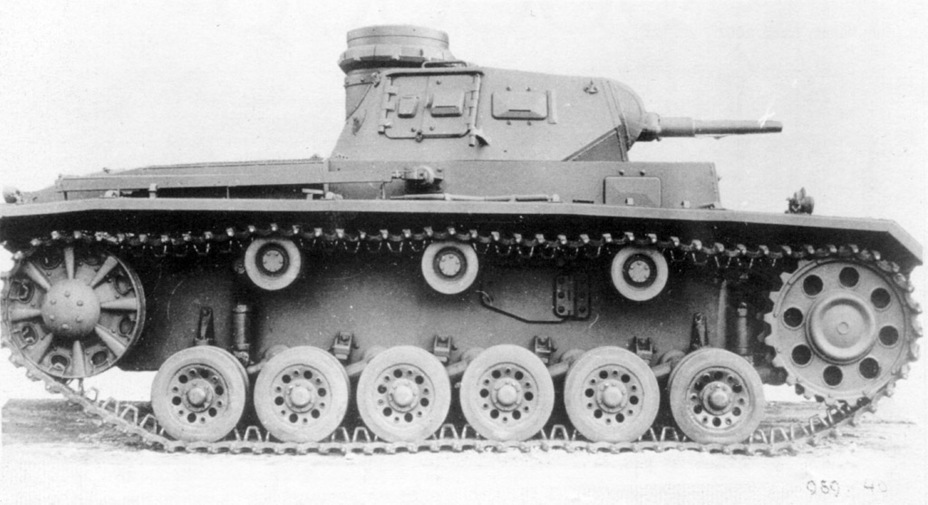
Externally, the new PzIII differed little from its predecessor. The PzIII Ausf. F can be identified by the air intakes for cooling brakes on the upper front plate. Another new feature was a V-shaped deflector on the turret platform roof for protecting the turret ring from shells and splinters, which could jam it. The false periscope cap was removed from the left hatch on the turret roof. It disappeared during PzIII Ausf. E production. Another novelty which appeared during the PzIII Ausf. E production run was a smoke grenade launcher on the rear plate. Finally, an observation device for the radio operator was added on the right side of the turret platform. The Maybach HL 120 TRM was the biggest internal change.
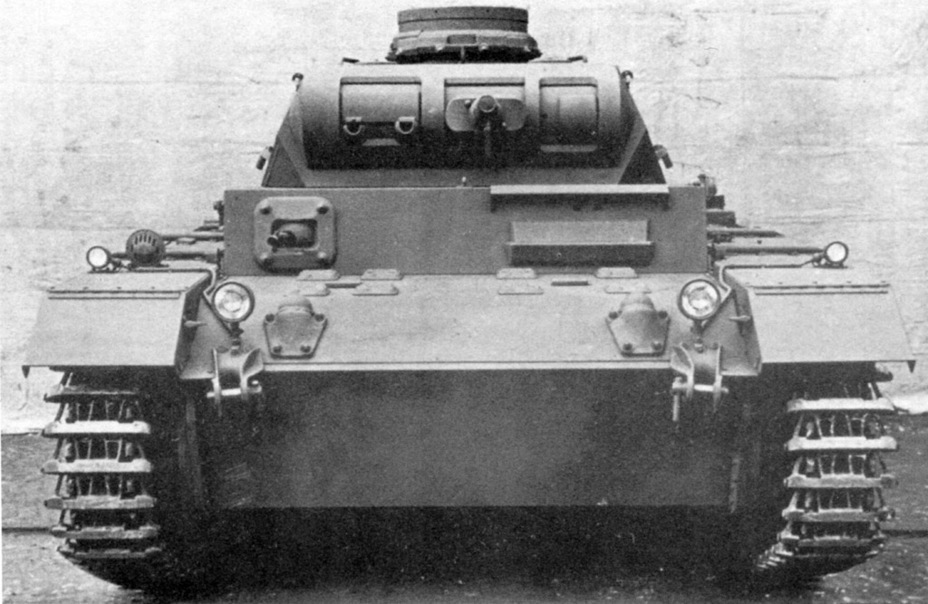
The very first PzIII Ausf. F were produced by Henschel. Even though they were only completed in August, they did not manage to make it to the front lines before the start of WWII. The first PzIII Ausf. F tanks were put into service after the conclusion of the campaign in Poland. In total, 120 of these tanks were built at Henschel. According to documents, the tanks had serial numbers in the 61301-61420 range. In reality, a part of Henschel tanks had serial numbers registered as Daimler-Benz (95 tanks, 61101-61195). As for Daimler-Benz Werk 40, the first 4 PzIII Ausf. F tanks were delivered only in November of 1939.
In September of 1939, MAN joined the production of the PzIII Ausf. F. 96 tanks of this type were build in Nuremberg. They received serial numbers from 61101-61096. Production began at MIAG Mühlenbau und Industrie Aktiengesellschaft at the same time. Production by MIAG was smaller: only 60 tanks, 61501-51560. FAMO joined in by the start of 1940, with 28 tanks in total, 61201-61228. Alkett's part was not much greater: 36 tanks, 61601-61636.
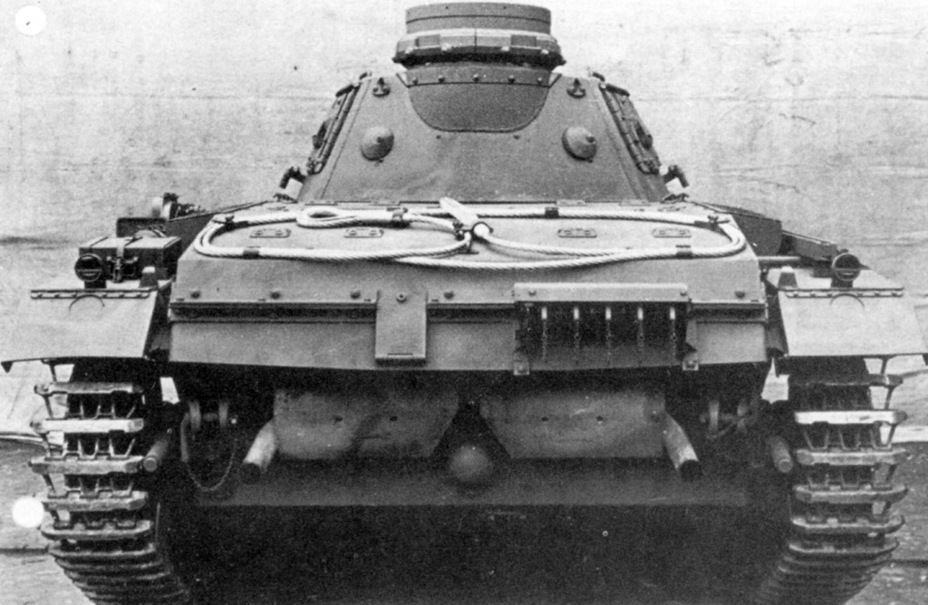
The use of 6 companies in production allowed 435 PzIII Ausf. F tanks to be built. The PzIII finally overtook the PzIV, which Kniepkamp wanted to get rid of at one point.
The German tank industry was not ready for such an increase in tank production. Instead of 45 tanks, only 40 were delivered in October of 1939, as there were not enough hulls and turrets. Production in November fell further: 35 instead of 50. This was because German factories were busy repairing damaged tanks from the Polish campaign. This delayed production of new tanks until January of 1940. In addition, production was hampered by a cold winter and other factors. The only month where PzIII production met the quota was May of 1940.
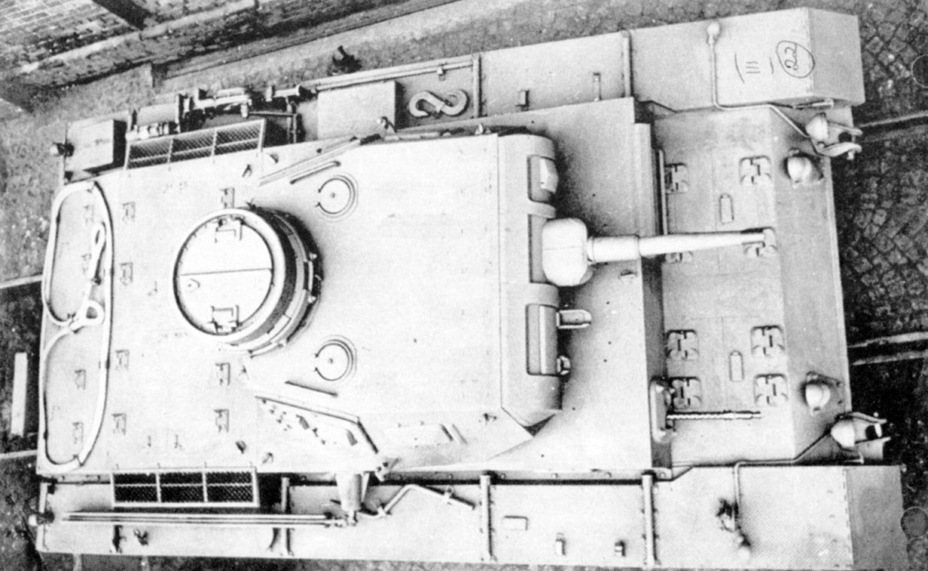
The staggered launch into production at various factories led to a strange situation. The last PzIII Ausf. E tanks were delivered in late 1939. As for the PzIII Ausf. F, most factories managed to complete it by the summer of 1940. However, Alkett delivered its last tanks of this type in April-May of 1941. Some factories were already completing production runs of the Ausf. G and Ausf. H by that point.
Vehicles from different factories could also differ in some equipment. For instance, the PzIII Ausf. F was equipped with a 50 mm KwK 38 L/42 gun in a new gun mount in July of 1940.
A questionable revolution
It's hard to say that the Z.W.38 was a bad tank. If you judge exclusively by what was on paper, then it was a truly remarkable vehicle. However, the real potential of a tank is shown on the battlefield.
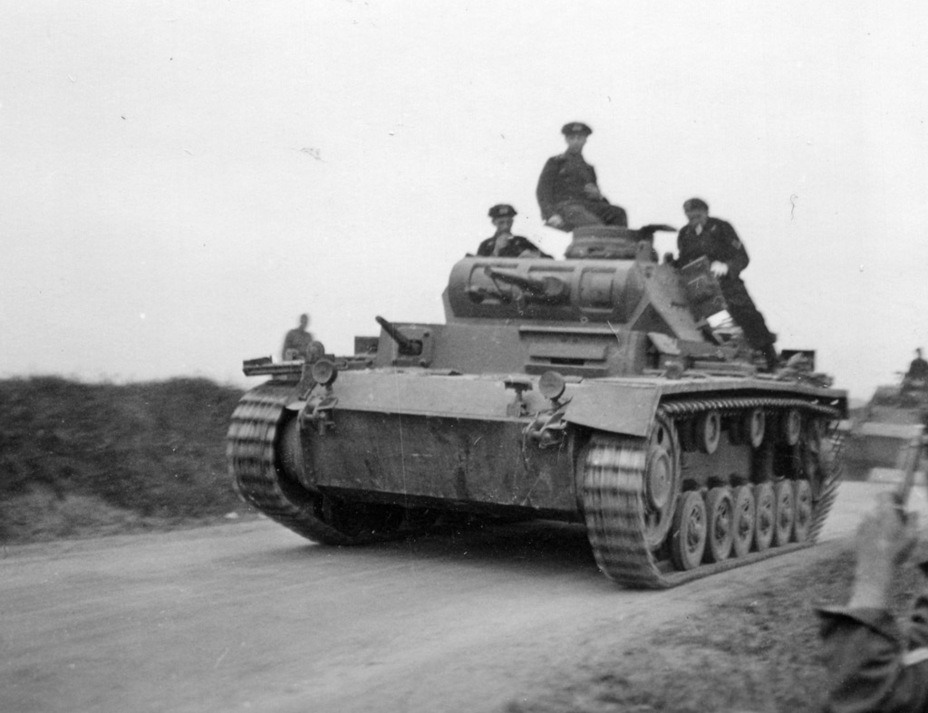
The idea of a mobile tank with protection from 20 mm autocannons was, in general, not bad, with one nuance. The Polish military didn't know that the Germans wanted them to use 20 mm autocannons, and so filled their army with 37 mm Armata przeciwpancerna 37 mm wz. 36 Bofors anti-tank guns. These guns could defeat 30 mm of armour. 26 PzIII tanks of all types were irreparably lost in the brief Polish campaign. The number seems small, but if you consider that there were only 51 tanks of this type in the army, this is over half of them. The PzIII performed worse than any other German tank in this regard.
The PzIII was not only lost to enemy fire. The Maybach Variorex 328 145 performed if not abominably, then at least unexpectedly. Despite the intention being to simplify the driver's job, it did the exact opposite.
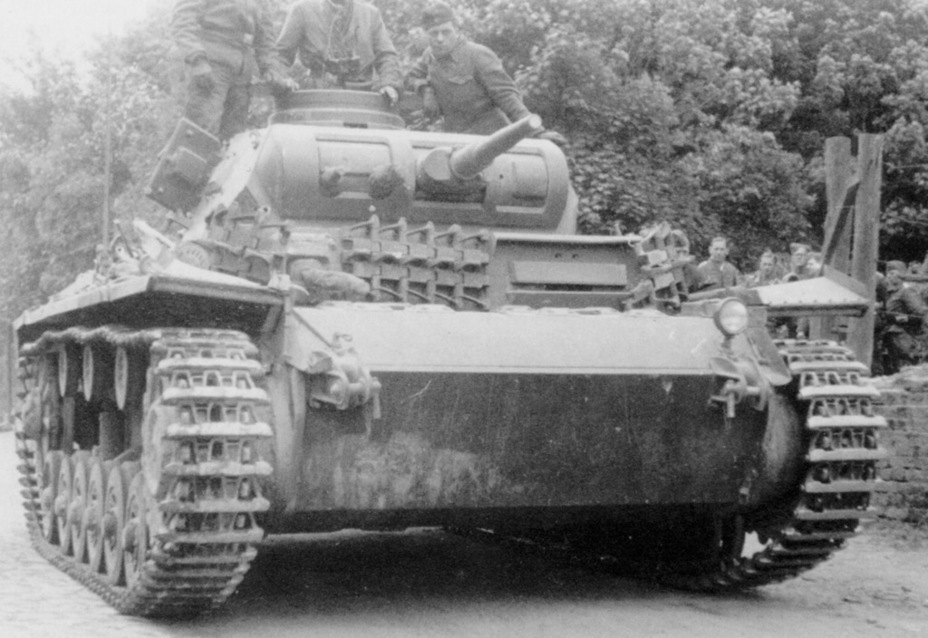
Issues with breakdowns of the semiautomatic gearbox were not uncommon. As a result, In 6 (Inspekteur für Heeresmotorisierung, Inspectorate of Motorized Forces) decided to return the 6-speed SSG 76 gearbox to the tank in the fall of 1939. This could not be done quickly. The Maybach Variorex was more compact, and was designed in one assembly with the turning mechanism and main clutch. Time was needed to change the layout, and the war had already started. The production of the Maybach gearbox continued, even though it was unreliable, complex, and expensive. It was replaced by the SSG 76 on the 7./Z.W.Serie, the PzIII Ausf. H. The first of these tanks were delivered in October of 1940. The SSG 76 had to be altered to connect with the turning mechanism. This variant was called SSG 77.
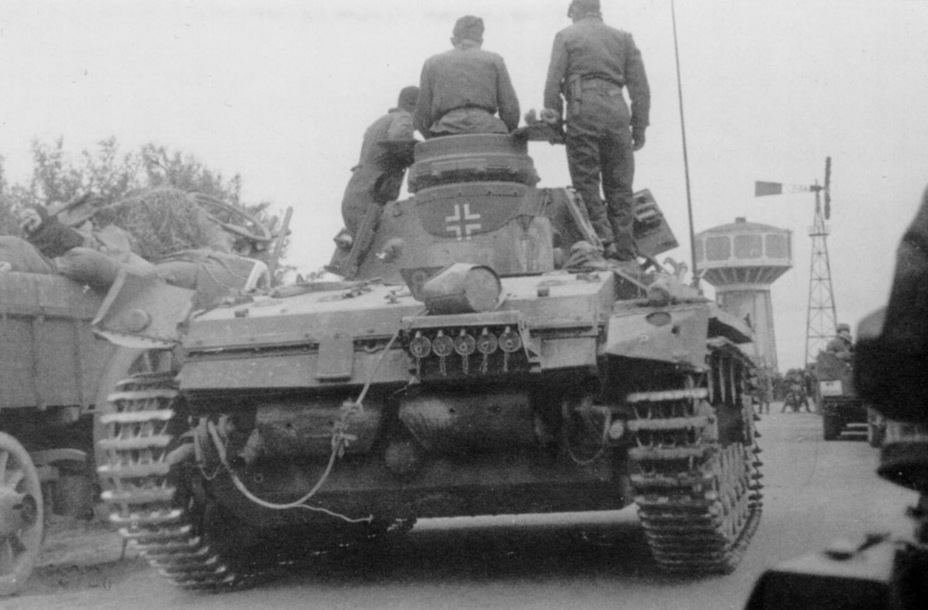
As mentioned above, trials of the experimental Z.W.38 proved that the use of track links with rubber pads and lubricated joints was senseless. They were replaced with fully metallic track links. However, now the use of 9th and 10th gears caused new issues. Due to relatively small road wheels, the rubber rims began to overheat and fall apart at a speed of over 40 kph. To combat this drivers were instructed to not drive faster than 40 kph.
Another issue was with the shock absorbers, the effectiveness of which was not high. A decision was made to replace them with stronger ones, but this was only done on the 7/Z.W.Serie.
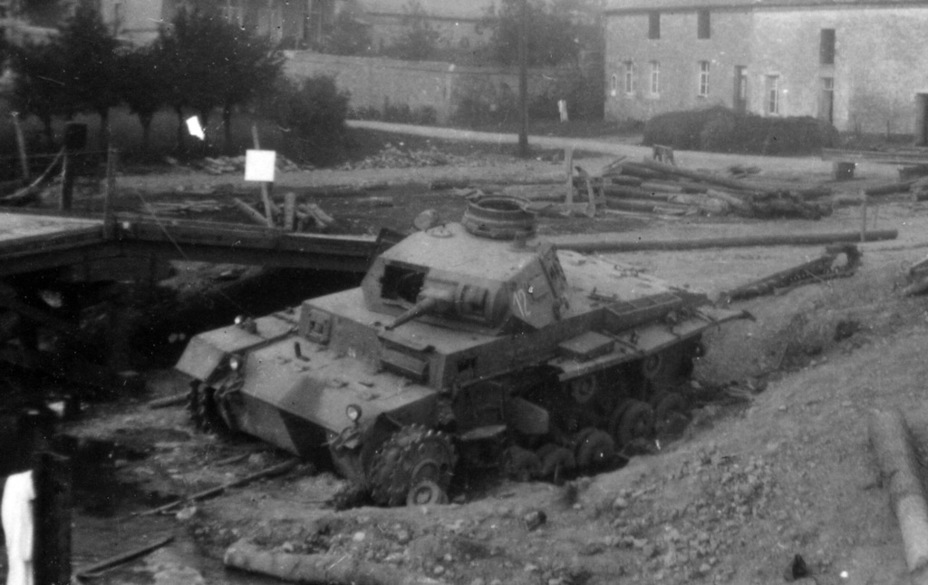
Despite all of its drawbacks, the PzIII Ausf. E and F could be considered the best medium tanks of the first year of the war. Other belligerents had an even worse time. The British Cruiser Tank Mk.III was closer to the Soviet BT-7 light tank, and even the better protected Cruiser Tank Mk.IV was not much better. The tank had issues with armour and its unreliable engine. Bigger problems were observed with the Cruiser Tank Mk.II, which was not only slow, but also unreliable. The French Renault D2 had more powerful armour and armament, but that was the end of its advantages. The suspension of this tank was highly problematic, and only 50 of them were produced before the start of WWII. The SOMUA S 35 was better, but it had its own drawbacks, such as the one man turret. In addition, its cast armour was not as tough as rolled armour. The Polish only had medium tanks on paper.
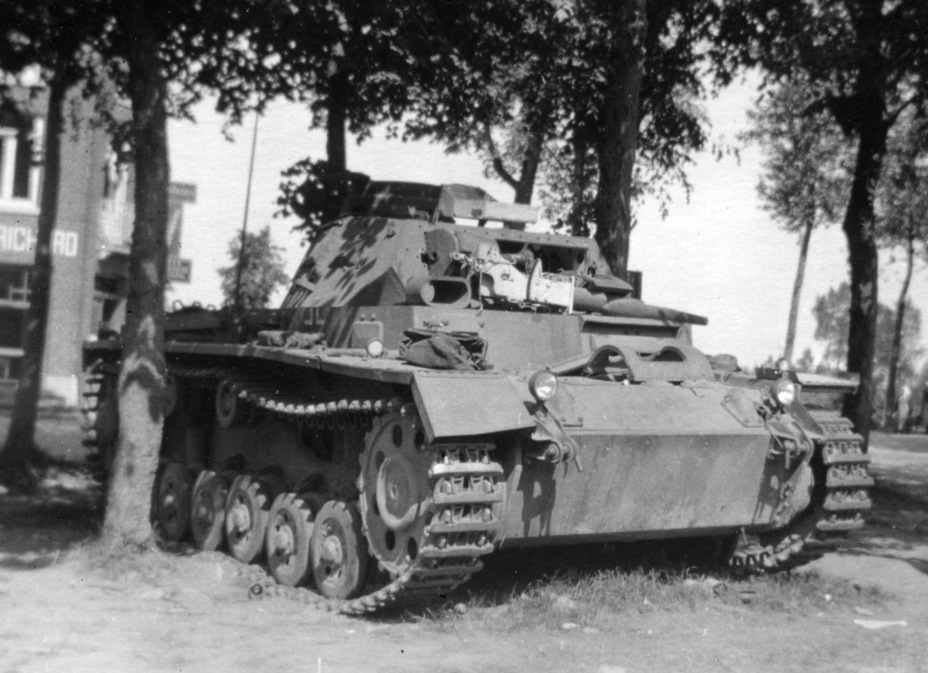
By the start of the French campaign, the Wehrmacht had 381 PzIII tanks, the most numerous of which was the PzIII Ausf. F. The number seems high, but in practice the Germans lacked medium tanks. In some divisions their role was performed by Pz35(t) and Pz38(t) tanks. Altogether the Germans had as many Czech tanks as they did PzIII tanks.
While the use of the Pz35(t) could be considered a necessary evil, the Pz38(t) was not so. As a result of the French campaign, it was discovered that the German medium tank and the Czech light tank were, if not equivalent, then at least very close in their abilities. Due to the PzIII's issues with high speeds, the mobility of the two vehicles was similar. The Czech tank was more reliable. One of the Pz38(t)'s drawbacks was brittle armour connected by rivets. However, guns 40 mm in caliber or higher didn't care if the armour was welded or riveted. 25-30 mm plates could be penetrated easily enough in either case. The armament was also similar, but the Czech gun had a slight edge, which made it capable of knocking out French tanks at larger distances.
It is not surprising that the number of tank divisions equipped with Pz38(t) tanks only increased after the French campaign. The losses had an impact: 54 Pz38(t) tanks were irreparably lost in May-June, but 135 PzIIIs.
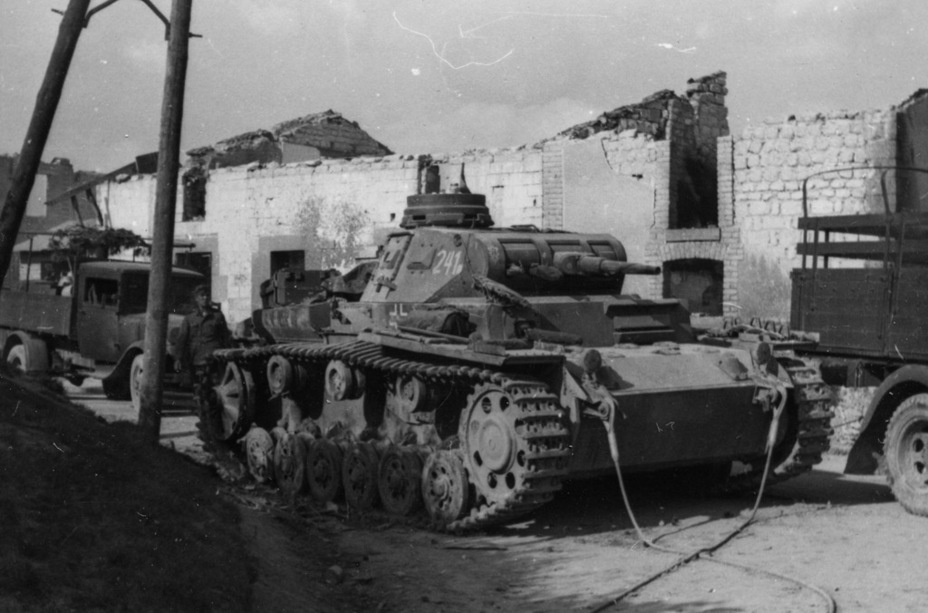
Let us not forget about the positive qualities of the PzIII. French 25 mm guns could penetrate it, but not always. For 37 mm SA 18 guns, which most French tanks had, the armour of the PzIII was too much. Thanks to this, German tankers could close in to distances where French armour, especially cast, no longer protected from the 37 mm gun. However, not one German tank could fight the Char B1 bis as equals.
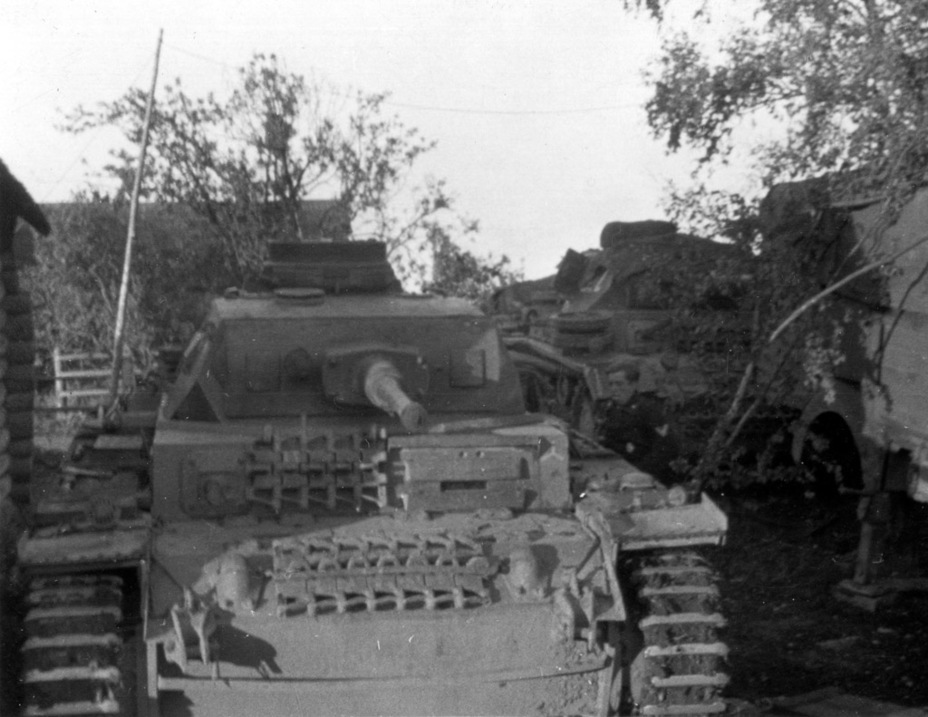
One advantage of the Z.W.38 was that it was suitable for modernization. Issues with the road wheels were partially solved by widening them from 75 to 95 mm. These road wheels went into production in May of 1940. A fraction of PzIII Ausf. F tanks received them. The tanks began receiving 50 mm KwK 38 guns in July of 1940. The first tanks to receive them were PzIII Ausf. G, but some amount of PzIII Ausf. F tanks received the more powerful gun. The number of coaxial machineguns was reduced by one, and machineguns were now fed by 150 round belts instead of 50 round belts in cylindrical magazines.
Work on modernizing PzIII tanks began in September of 1940. This modernization consisted of installing the 5 cm KwK 38 L/42 gun, as well as additional protection to the front of the turret platform and hull. The thickness of the armour increased to 60 mm (30+30). The conversion began in December of 1940.
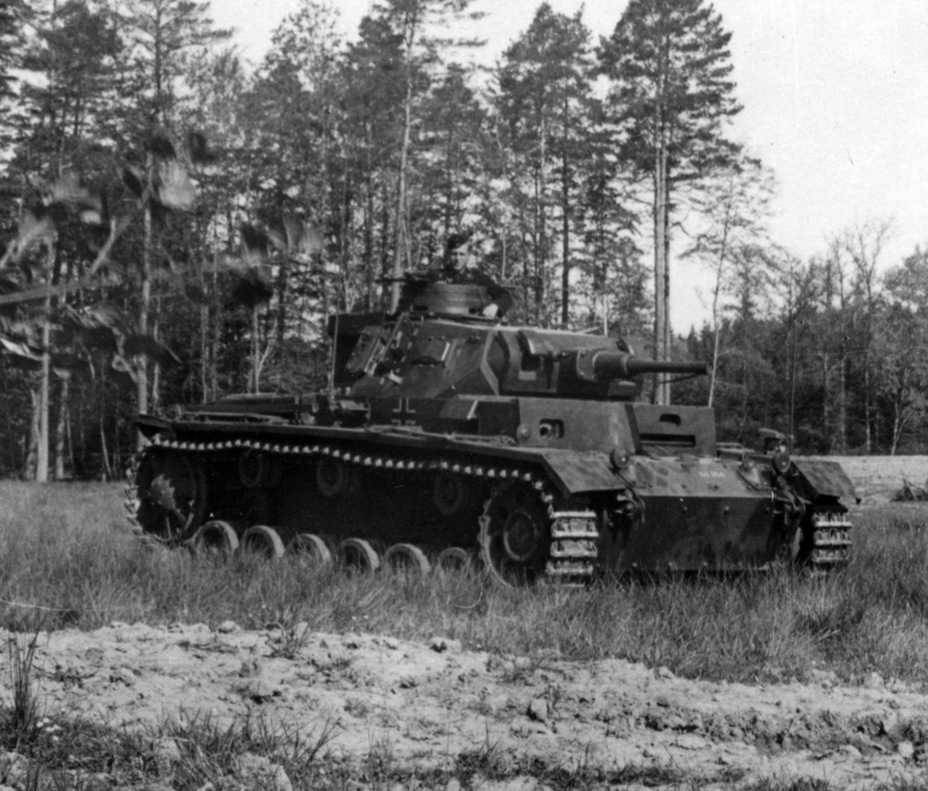
The effectiveness of the modernized PzIII increased noticeably. British tankers were the first to feel this, as the modernized PzIII Ausf. E and F were used by the Africa Corps. The applique armour significantly decreased the range at which the tank could be penetrated by a 2-pounder gun, and the 50 mm gun could penetrate most British tanks. The tanks also performed better on the Eastern Front. The losses were high, but less than that of the Pz38(t).
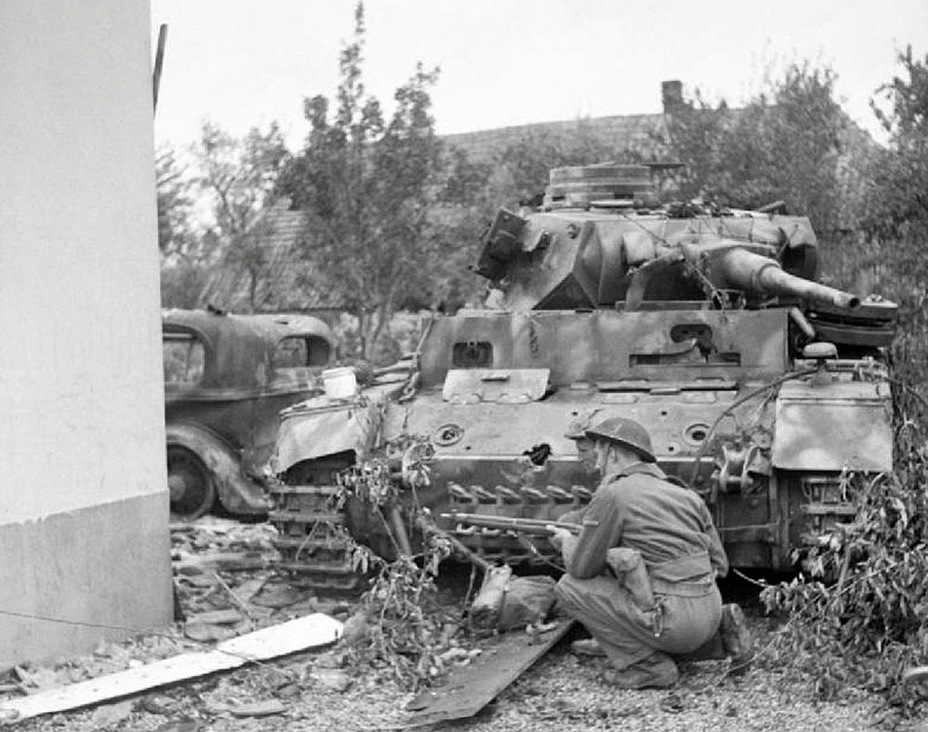
Most PzIII Ausf. E and F tanks were lost in 1941-1942, but some lasted until 1944. Modernized tanks clashed with both the British and the Americans in Normandy, and some survived until the fall. One of them, a PzIII Ausf. F, can be seen at the tank museum in Saumur, France. Another tank can be seen at the National Museum of Tanks and Cavalry at Fort Benning. This is also a PzIII Ausf. F, but equipped with a more powerful KwK 39 L/60 cannon and spaced armour on the turret. Finally, the memorial complex Buynich Fields in Belarus contains a Pz.Bef.Wg.Ausf.E command tank.
Translated by Peter Samsonov. Read more interesting tank articles on his blog Tank Archives.
Sources:
- Panzer Tracts No.3-2 Panzerkampfwagen III Ausf.E, F, G, und H development and production from 1938 to 1941, Thomas L. Jentz, Hilary Louis Doyle, 2007, ISBN 0–9771643-9-X;
- Panzer Tracts No.3-4 Panzerbefehlswagen Ausf.D1, E, H, J und K, Thomas L. Jentz, Hilary Louis Doyle, 2010, ISBN 0–9815382–8–2;
- Der Panzerkampfwagen III und seine Abarten, Walter J. Spielberger, Motorbuch Verlag, 1994, ISBN 978-3879433360;
- Author's photo archive.







